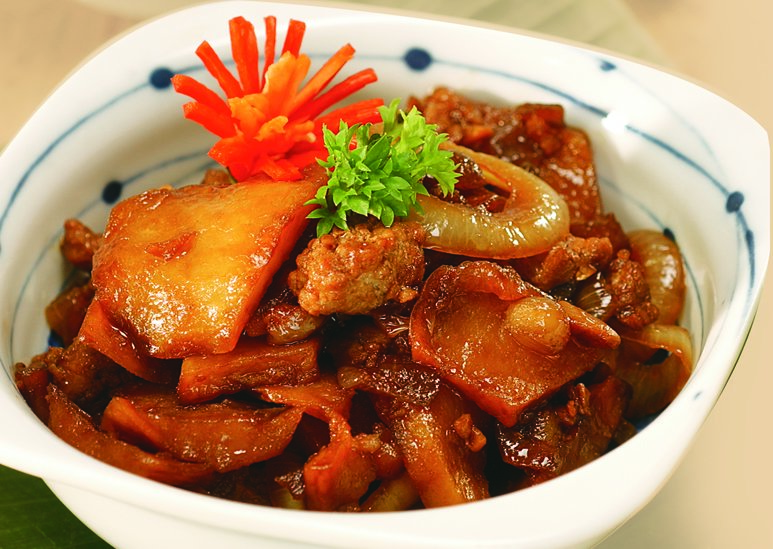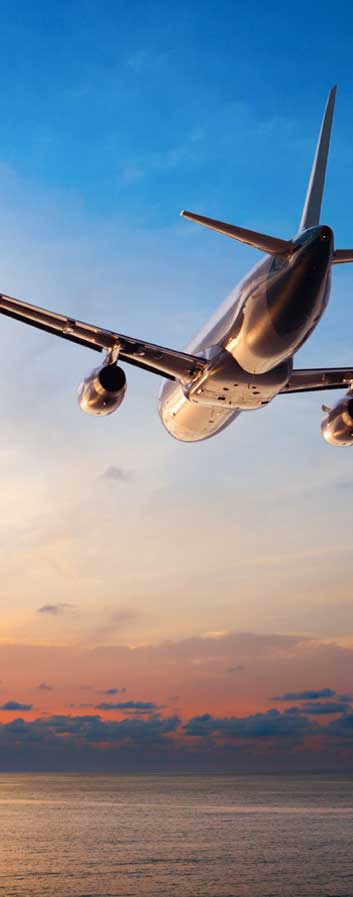BABA NYONYA HERITAGE MUSEUM
At the beginning of the 16th century, merchants and entrepreneurs were lured to Malacca’s shores due to stories of the city’s burgeoning success and wealth. In particular the city saw an influx of Chinese traders who arrived in droves in an effort to escape Manchu rule. These entrepreneurs went on to marry local Malay women – descendents of these marriages were known as Peranakan or ‘Straits-born Chinese’.
Their relative success resulted in these expatriate merchants becoming the principal wealth catalysts of the thriving city. The ‘Babas’ (male Sino-Malays) flaunted their affluence by purchasing Dutch townhouses and transforming them into out-and-out palaces. The interiors of these homes were opulent and stuffed to the tee with Dutch-influenced fixtures including hand-painted tiles and Victorian lamps.
Yet Peranakan culture as a whole is largely defined by its cuisine – makanan (food) Nyonya. Malaysians laud it as one their major food heritages and Malacca’s culture is irrevocable defined by it. An amalgamation of Malay and Chinese traditions, Nyonya cuisine comprises dishes with out-of-the-ordinary vegetables, curries thickened by coconut milk and sauces that are delightfully pungent. Noteworthy though is the social etiquette of eating – locals use their fingers, not chopsticks, to eat – a fact that belies their Chinese ancestral roots and establishes Nyonya culture as one of Malaysia’s veritable legacies.

Located at No. 48-50 along Jalan Tun Cheng Lock in Malacca, the Baba-Nyonya Heritage Museum is actually a collection of three beautifully restored houses arranged to look like a typical 19th-cenutry Baba-Nyonya residence. Excellent examples of Chinese-Palladian style, these townhouses, built in 1896, were transformed into a traditional Peranakan museum in later years; connected by a common covered footway, the museum features hand-painted tiles, elaborately carved teakwood outer swing doors and a sturdier internal door which provides extra security. Framed by Greco-Roman columns, two red lanterns, one bearing a household name and the other messages of good luck, hang on either side of the entrance.
The upper level of the house has a short canopy of Chinese tiles above the portico which frames the almost-Venetian shuttered windows. Boasting distinctively east-meets-west allure, the glass windows feature wrought-iron grilles and the eaves and fascias are covered with painted, floral designs. Inside the house there’s a collection of gold-leaf fixtures, Chinese- and Dutch-design black wood furniture inlaid with mother of pearl as well as skilfully carved lacquer screens and Victorian chandeliers.
The best parts of this tour are the guides who regal guests with Baba Nyonya tales of yore with noticeable Peranakan wit during the informative 45-minute tours.



































